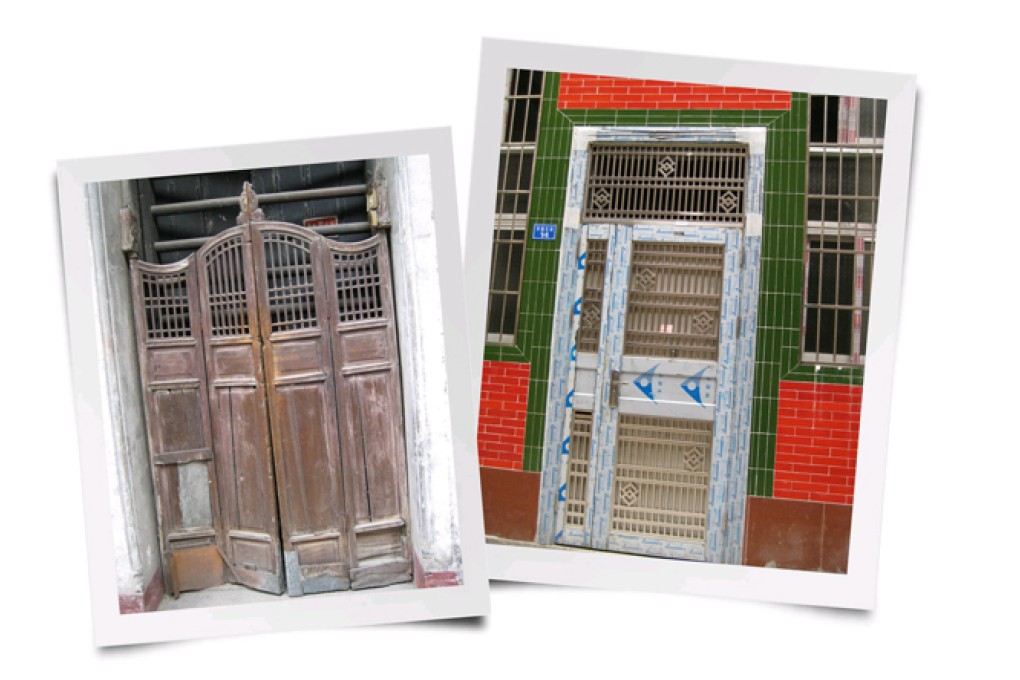So near, yet so feared: Culture and hovelage
Cecilie Gamst Berg

Everyone who knows me will agree that my chief characteristic is "mild-mannered to the point of lethargy". I waft around on a cloud of Zen-like indifference with no strong opinions about anything, nodding sagely all day. But there is one thing that can vex me so much that I will, well, say something about it, and that is the subject of tiles.
Yes, tiles.
It is my opinion that they belong only in the following places: on bathroom walls and floors; on some kitchen walls or parts thereof; and on the floor of roof terraces. Oh, and in morgues.
One place they do not belong is on the exterior of a house. Especially a village house.
The various administrations of Hong Kong have for decades been madly in love with tiles. They have all seemed to think exterior-tiled footbridges, public toilets, houses and other buildings - making every area of the city look exactly the same (ideal: Tuen Mun) - are somehow classier than those covered in paint. Still, this has been going on for so long that we in Hong Kong have become inured to living among surfaces that resemble the inside of a public toilet.
But I, for one, will never get used to seeing not only plain tiles but tiles in various colours and patterns (diagonal stripes, anyone?) on the external walls of houses in tiny mainland villages that used to be 30 hours' walk (barefoot through the snow) from the nearest small town but are now a mere 10 minutes by a corrupt cadre's private helicopter or six-lane highway.